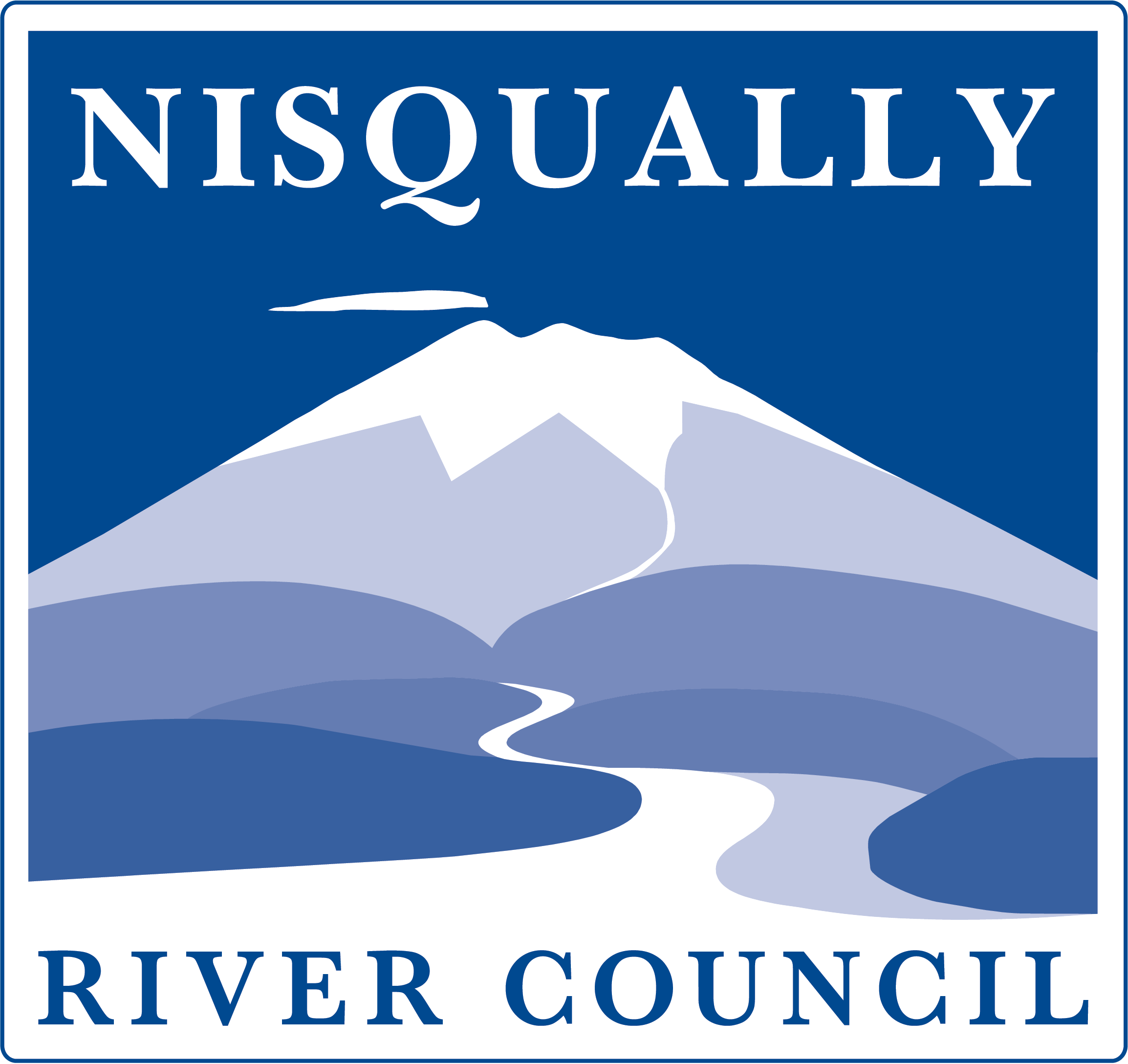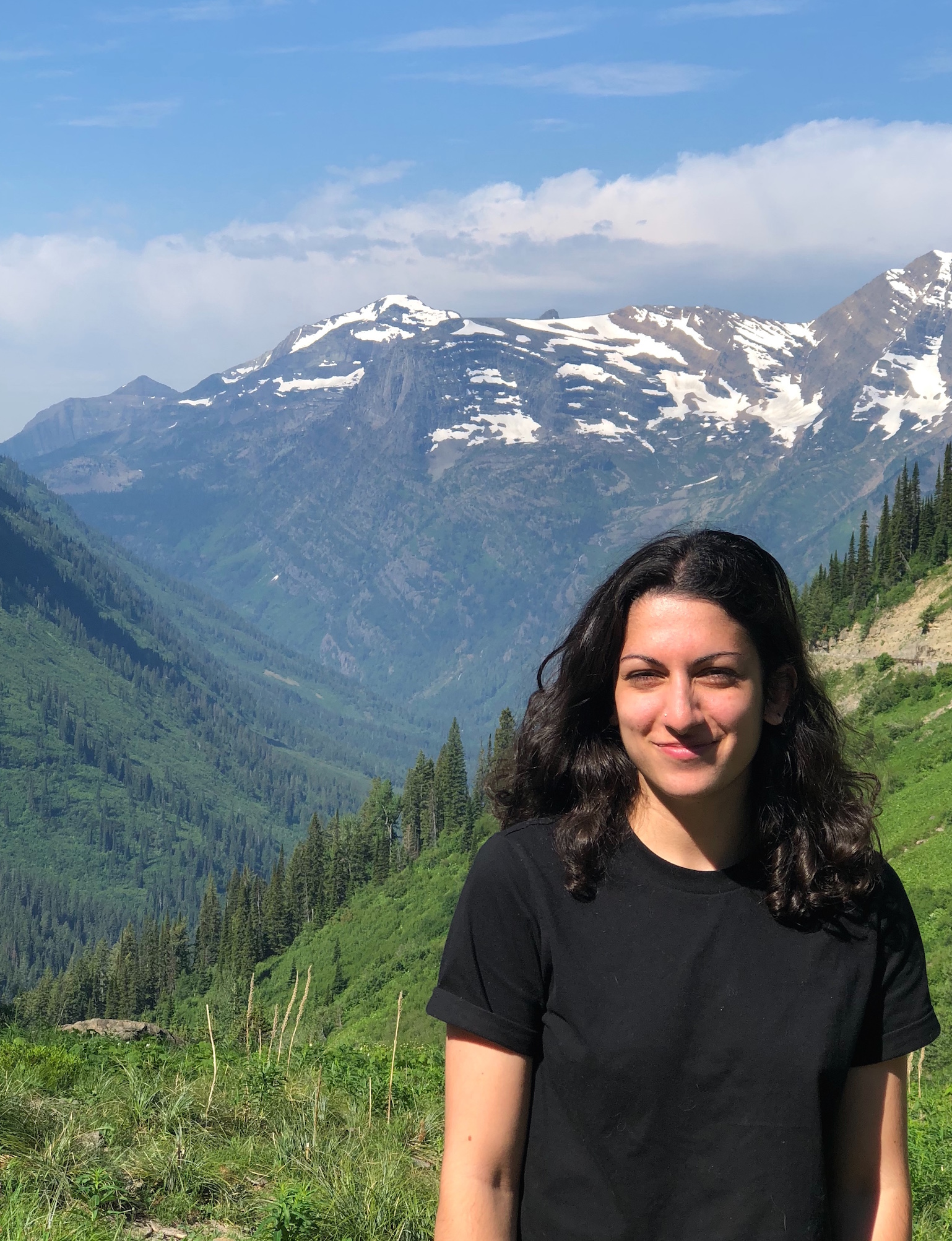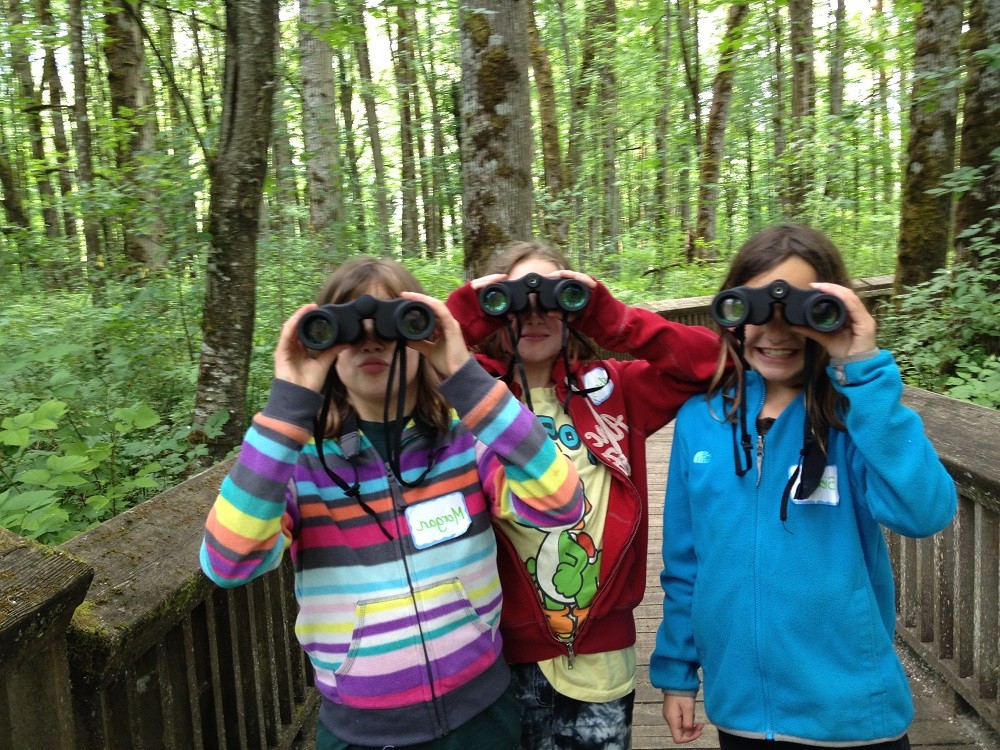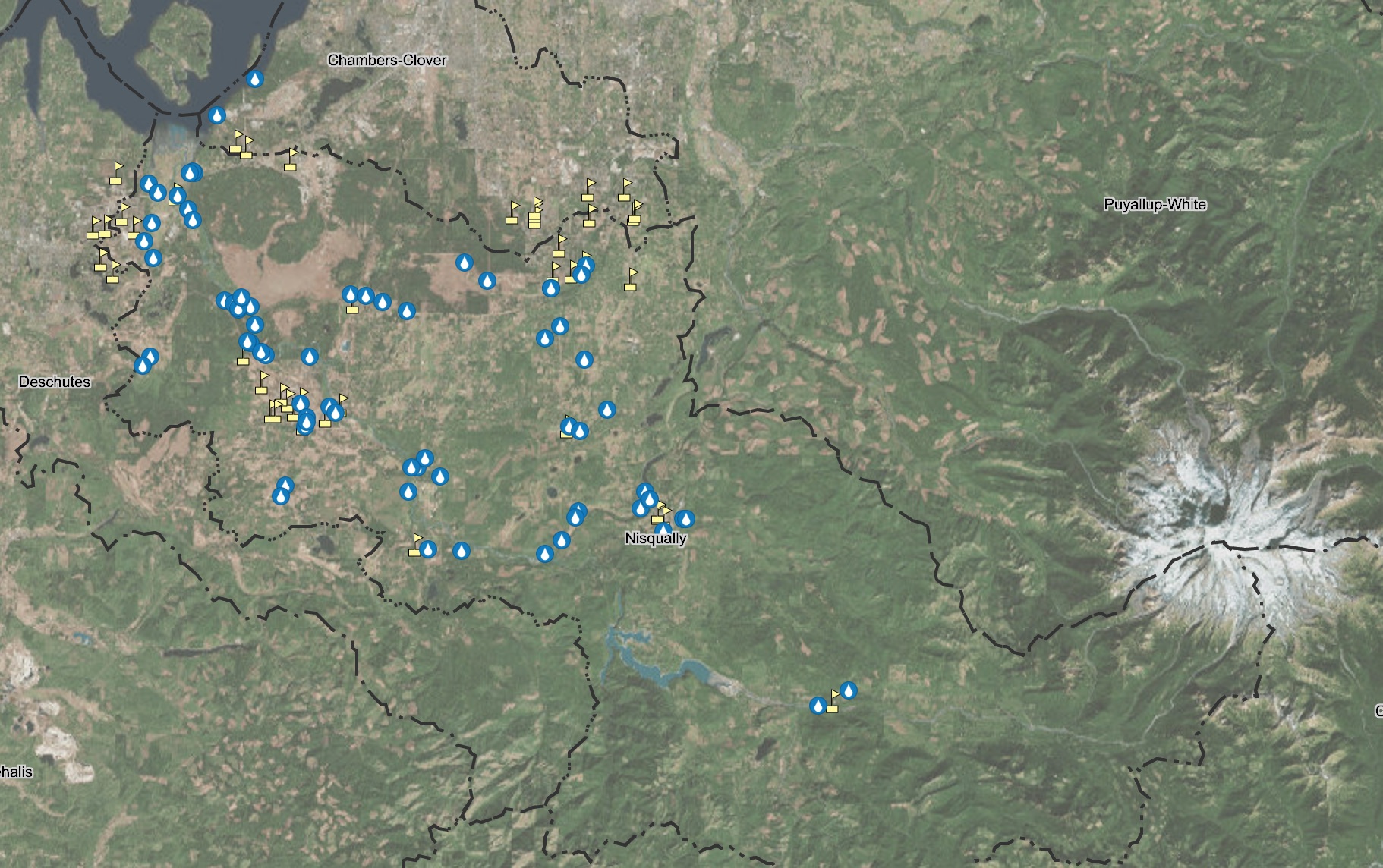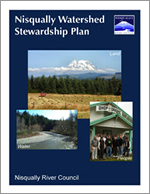 The Nisqually Watershed Stewardship Plan (NWSP) is the guiding document of the Nisqually River Council. It has 11 indicators, each of which promotes social, economic, and ecological integrity – the 3 branches of a sustainable community. As a part of our monthly blog, we highlight actions, projects and stories from the Nisqually Watershed and surrounding region that contribute to a sustainable watershed and further the goals of the NWSP.
The Nisqually Watershed Stewardship Plan (NWSP) is the guiding document of the Nisqually River Council. It has 11 indicators, each of which promotes social, economic, and ecological integrity – the 3 branches of a sustainable community. As a part of our monthly blog, we highlight actions, projects and stories from the Nisqually Watershed and surrounding region that contribute to a sustainable watershed and further the goals of the NWSP.
The Nisqually Indian Tribe is one of the members of the Nisqually River Council. David Troutt, Director of Natural Resources, is the current chair of the Council. This week, David is featured in our guest blog post. He explains how the Nisqually Indian Tribe promotes biodiversity — one of the NWSP indicators — and how the NRC is an important partner in that effort. Enjoy!
What is your title? How long have you been involved with the Nisqually River Council?
David Troutt, Natural Resources Director. I have been involved with the NRC since its inception and attended its first meeting in 1987. I have been the chair for the past 12 years. I have been an active participant for the past 27 years.
One of the Nisqually Watershed Stewardship Plan’s indicators is biological diversity. What does your organization do to promote biodiversity? (i.e., what are top priorities, current projects, etc)
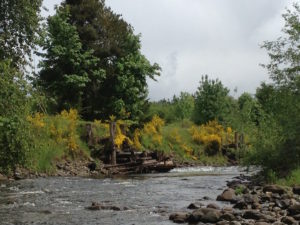 The Nisqually Indian Tribe holds biological diversity as one of our core objectives. Maintaining cultural, spiritual, subsistence, and commercial access to healthy, abundant, and sustainable resources is the primary mission of the Tribe’s Natural Resources Program. From Mt Rainier to the Puget Sound, we are interested and involved in a number of efforts to promote biodiversity. We are the lead in salmon recovery in the watershed and in that role are responsible for the planning of recovery projects and the procurement of funds for implementation. We have assisted in dozens of projects from the Mashel to the delta and everywhere in between. Our most notable and visible effort has been the restoration of the Nisqually estuary to nearly 90% of historic conditions. We removed dikes on tribal properties on the east side of the delta and worked with many partners including the USFWS to remove dikes on the west side of the delta. Although salmon motivated, these projects are increasing the biological diversity of the aquatic and terrestrial communities in the delta.
The Nisqually Indian Tribe holds biological diversity as one of our core objectives. Maintaining cultural, spiritual, subsistence, and commercial access to healthy, abundant, and sustainable resources is the primary mission of the Tribe’s Natural Resources Program. From Mt Rainier to the Puget Sound, we are interested and involved in a number of efforts to promote biodiversity. We are the lead in salmon recovery in the watershed and in that role are responsible for the planning of recovery projects and the procurement of funds for implementation. We have assisted in dozens of projects from the Mashel to the delta and everywhere in between. Our most notable and visible effort has been the restoration of the Nisqually estuary to nearly 90% of historic conditions. We removed dikes on tribal properties on the east side of the delta and worked with many partners including the USFWS to remove dikes on the west side of the delta. Although salmon motivated, these projects are increasing the biological diversity of the aquatic and terrestrial communities in the delta.
What is the value you see in the NRC, and how does it help your organization fulfill your biodiversity goals?
It is critical to our long term success that we engage, involve, and support our partners in the watershed in achieving our shared vision. The Nisqually River Council is an invaluable partner in all of our work. From organizing volunteers to serving in a critical role for funding these efforts, the NRC is a key and valued partner in the watershed. It also serves as a place to share our vision and celebrate our accomplishments. Most importantly, the NRC has promoted and fostered a sense of community that will be sustainable over generations to come. It is far easier to protect what you know and love than to try to restore what you have neglected and then need.
Stay tuned next month to hear from another Nisqually River Council member, and how they work to create a sustainable place for us to live. The indicator next month is recreation. Questions? Contact Morgan at morgan@nisquallyriver.org or call 360.438.8715.
